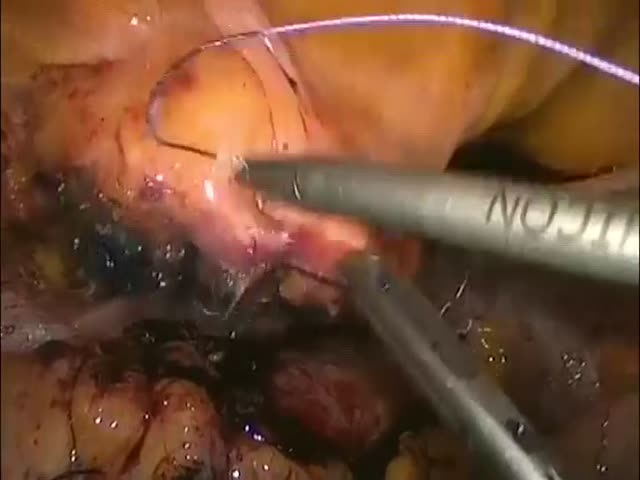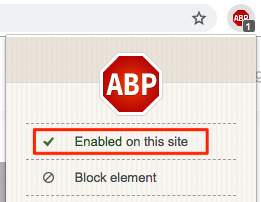
Laparoscopic Treatment of Complicated Diverticular Disease
January 5, 2012
Graziano Pernazza (Rome – Italy)
Summary: Sigmoid diverticular disease presents as an acute event in a percentage ranging from 30% to 70%. In an “elective” setting the disease may be “complicated” (complicated colonic diverticular disease-CCDD) from abscess, perforation, fistula or stenosis in approximately 30% of cases. The laparoscopic approach, in this group of patients, is feasible and appears safe when performed by experienced surgeons, although suffering from a higher conversion rate. The video shows two cases of complicated diverticular disease of the sigmoid. The first case by a sigmoid-vesical fistula with the presence of bladder stones, the second by a sigmoid-enteric fistula. Both cases were treated by totally laparoscopic colorectal resection and anastomosis with a “single-stage” procedure. The literature, although no studies are able to obtain clear evidence, emphasizing the technical difficulty of these interventions, shows that in high-volume centers when performed by experienced surgeons in laparoscopic colorectal surgery, laparoscopic treatment of “complicated” cases achieves similar results compared to uncomplicated cases.







